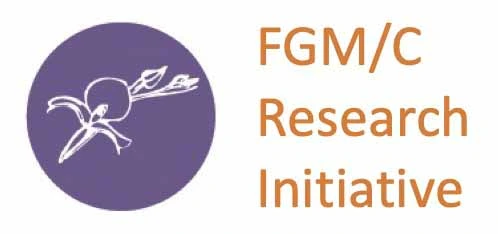1 August 2024
Khatna: An Overview of Female Genital Mutilation/Cutting in India and the Dawoodi Bohra Community
In India, FGM/C is mostly performed among the Dawoodi Bohra community, which constitutes less than 0.1% of the total population but comprises over a million people across 40 countries worldwide. Despite the lack of national surveys, a report published by Orchid Project and the Asia Network to End FGM/C provides an overview of the practice in the country and among the Dawoodi Bohra community.
The prevalence of FGM/C – or khafd/khatna, as it is locally called – is estimated to be between 75% and 85% among the Dawoodi Bohra women. Evidence suggests it may also be occurring on a smaller scale in other groups, such as the Sulemani Bohras and a sub-sect of Sunnis in Kerala. Moreover, evidence shows that khafd is performed among the Dawoodi Bohra community outside of India.
The report is based on three small-scale surveys of female members of the Dawoodi Bohra community carried out in 2017 and 2020-2021, which found that girls are typically cut at the age of six or seven, and 90% by the age of nine, with type 1 being the most common type of FGM/C performed.
About three quarters of FGM/C is performed by traditional cutters, mostly in private residences. However, medicalised khafd is expected to increase as it is viewed as safer and more hygienic.
According to the surveys, most respondents are against the continuance of khafd, but interestingly, this view is stronger (93%) among the older age group (46+) than among the younger one (70% of women aged 18-25). Although the decision to subject a girl to khafd typically falls on a female family member, men do play roles at a personal level like transporting the girl to the place where FGM/C will be performed. Religion is the main reason cited for the continuance of khafd.
There is no law against FGM/C in India, but the report points out that the matter could potentially be addressed under existing laws of child sexual abuse. However, due to the absence of specific reference to FGM/C, there has been no prosecution to date. As a result, Dawoodi Bohra girls in countries where FGM/C is criminalised are usually brought to India for khafd.
Finally, the report presents trends in the practice in India. It highlights a slow but steady decline, which may be hampered by the medicalisation of khafd and by the publicity around it that may be pushing the practice underground. The report also emphasises the need for safe spaces for affected communities to discuss the practice.
Author : CACLIN Pauline
